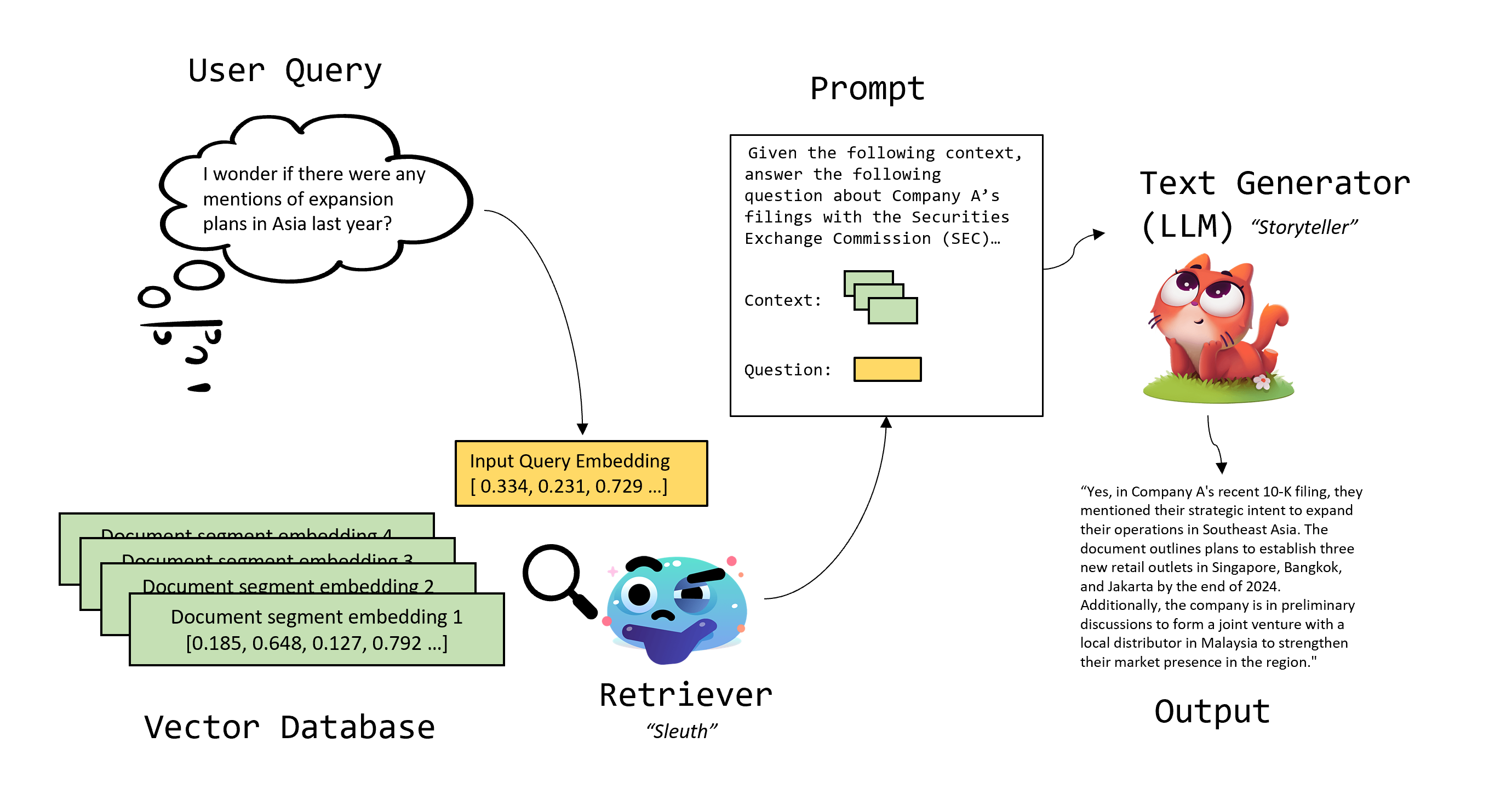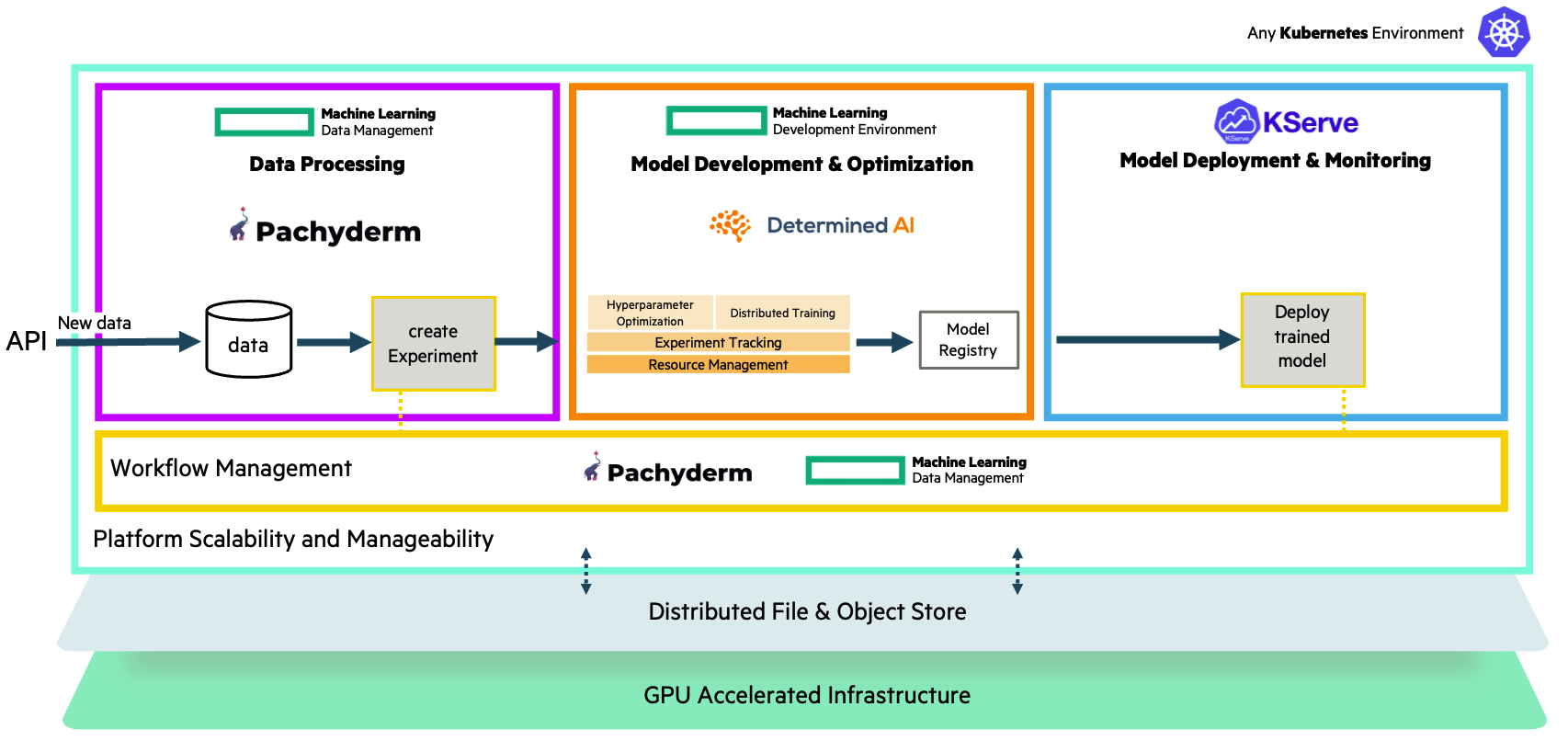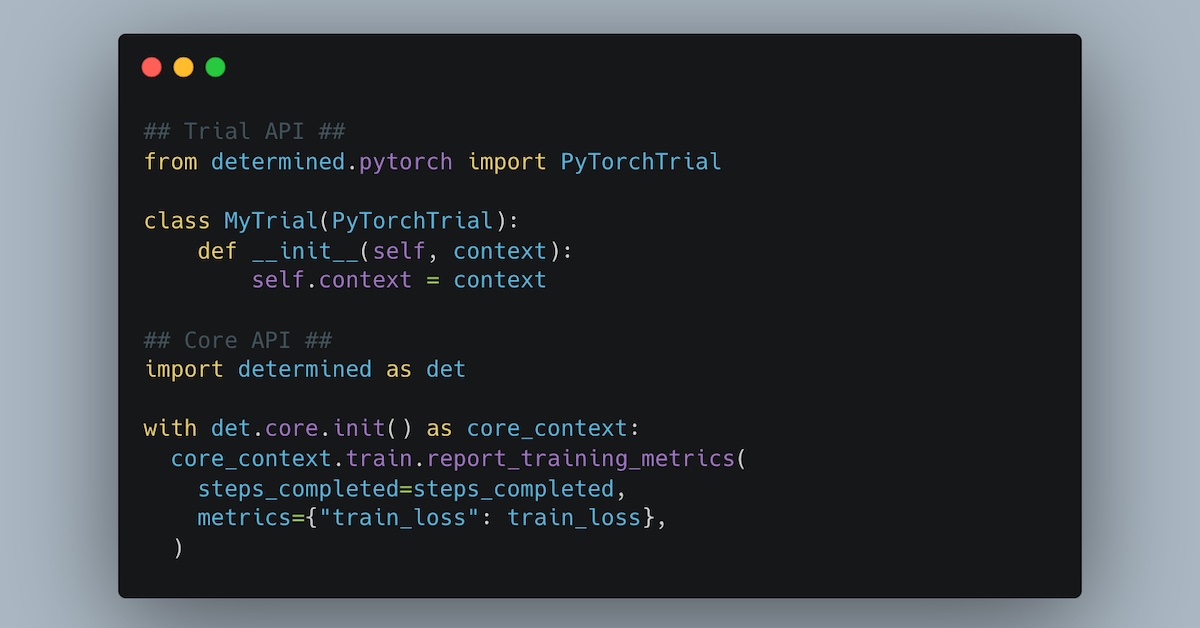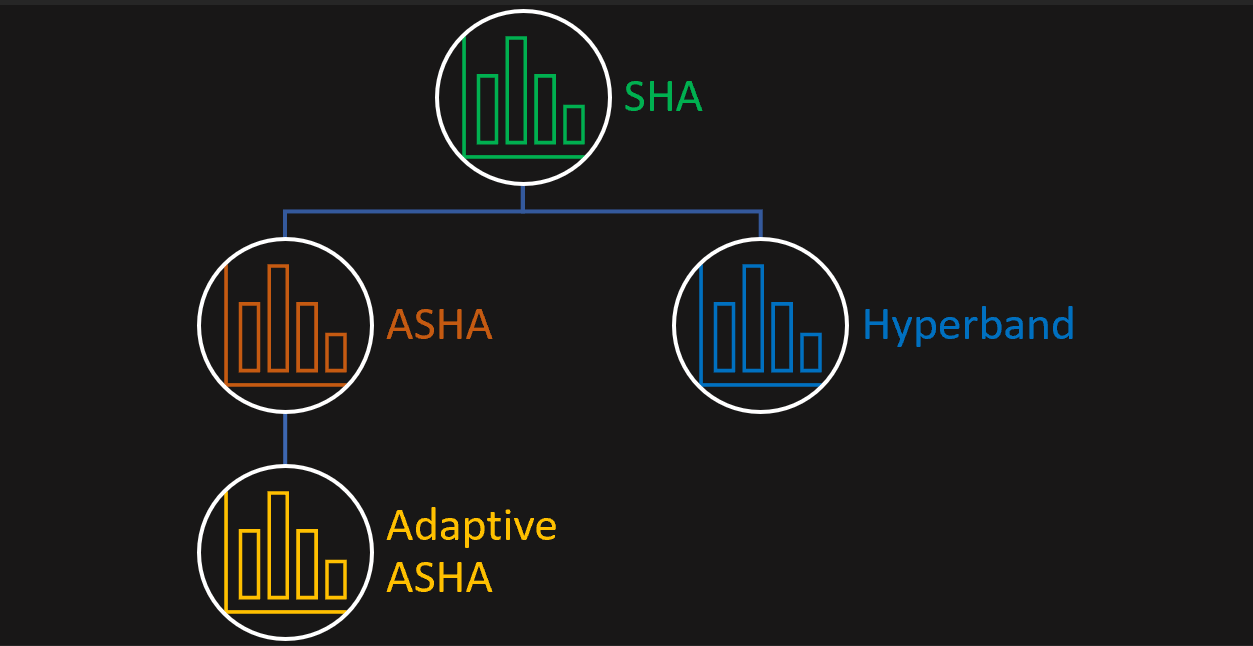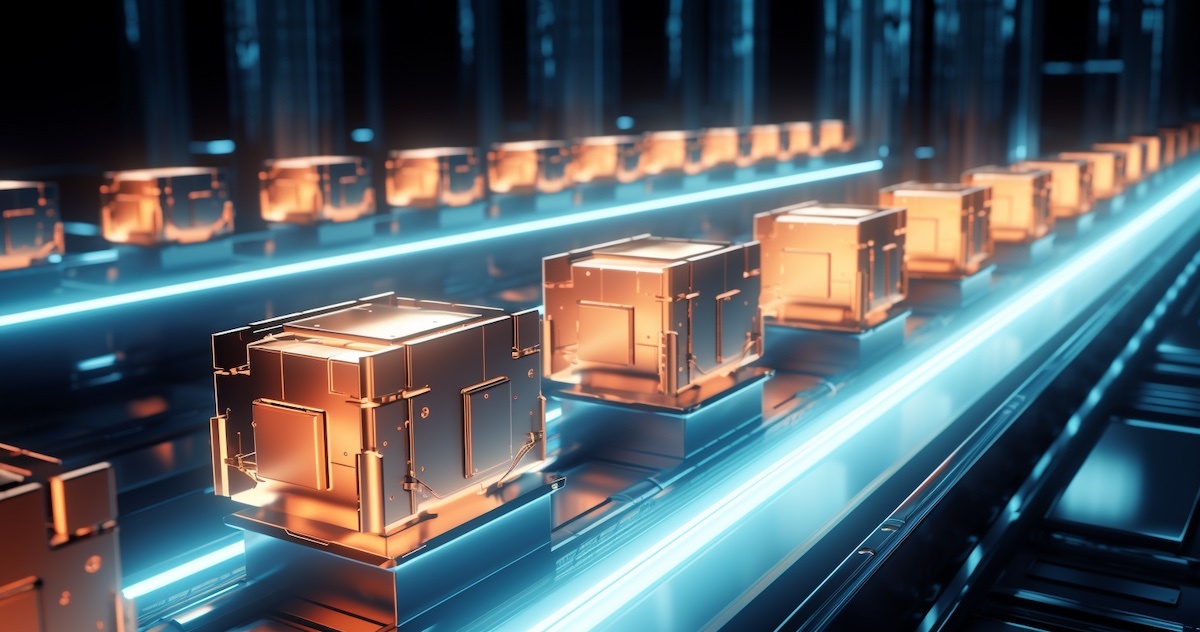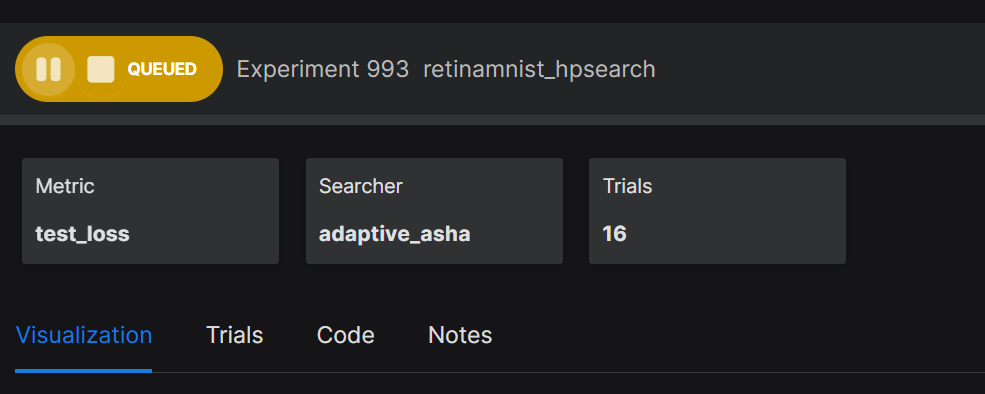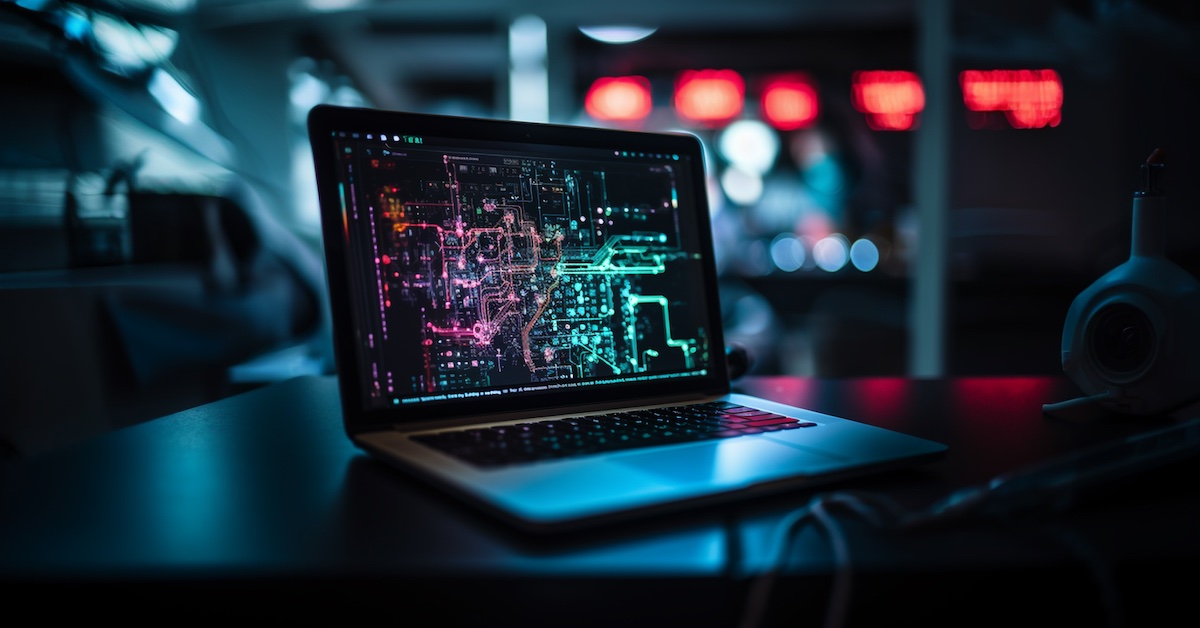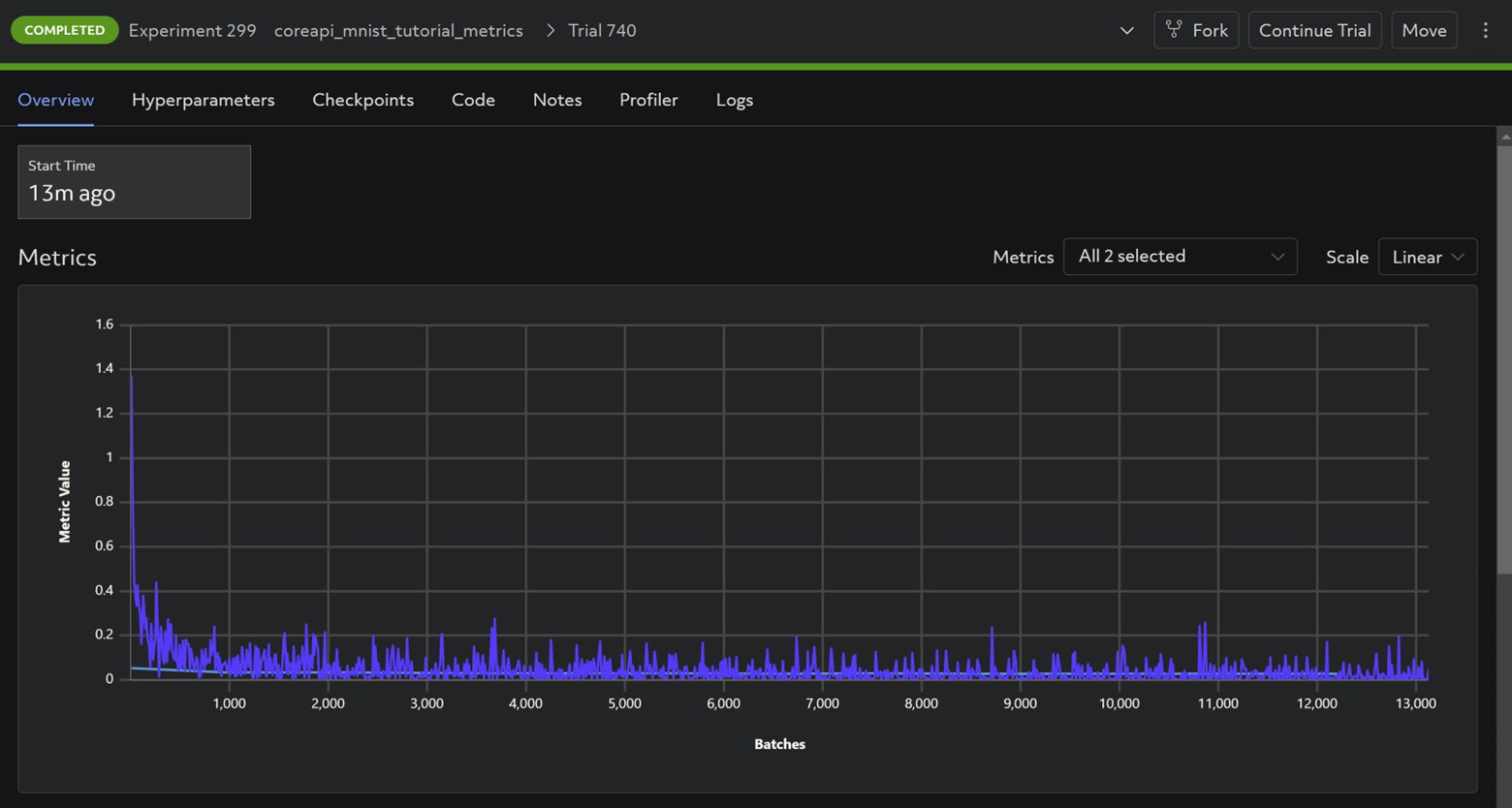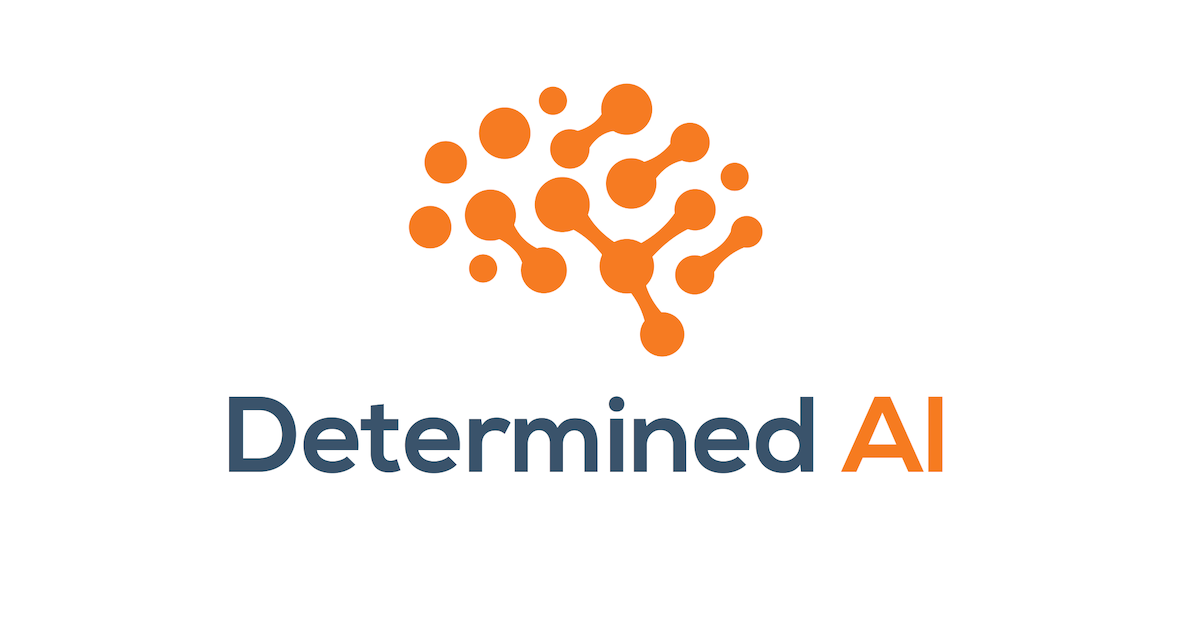Blogs
Weekly updates from our team on topics like large-scale deep learning training, cloud GPU infrastructure, hyperparameter tuning, and more.
OCT 25, 2023
The Sleuth and the Storyteller: The Dynamic Duo behind RAG
A Quick Overview of Retrieval Augmented Generation (RAGs).
OCT 23, 2023
New video demo: End-to-end MLOps using Pachyderm, Determined, and KServe
Learn how the PDK stack works at a high level.
OCT 11, 2023
Adaptive ASHA Explained using America’s Got Talent
A state of the art hyperparameter optimization algorithm explained using a fun analogy.
OCT 04, 2023
Use Batch Inference in Determined Part 2: Validate Trained Models with Metrics
New functionality for evaluating models outside of training jobs!
OCT 02, 2023
New Video Walkthrough: Installing Determined on macOS
Learn how to install Determined on macOS, to run machine learning experiments locally on your MacBook.
SEP 26, 2023
Optimizing Workloads: The Preemption Puzzle Solved by Determined AI
A feature we don’t talk about enough is actually one of the hidden gems of Determined.
SEP 18, 2023
Iterate on your code locally using the PyTorch Trainer API
Streamlining your PyTorch workflow: from local iteration to cluster deployment
SEP 11, 2023
Detached Mode: Log metrics in Determined for workloads run anywhere
Introducing a new, flexible way to log metrics with Determined. Available in versions 0.25.0 and up.
SEP 01, 2023
Transfer Learning Made Easy with Determined
Transform your research workflow by using our Trial APIs!
